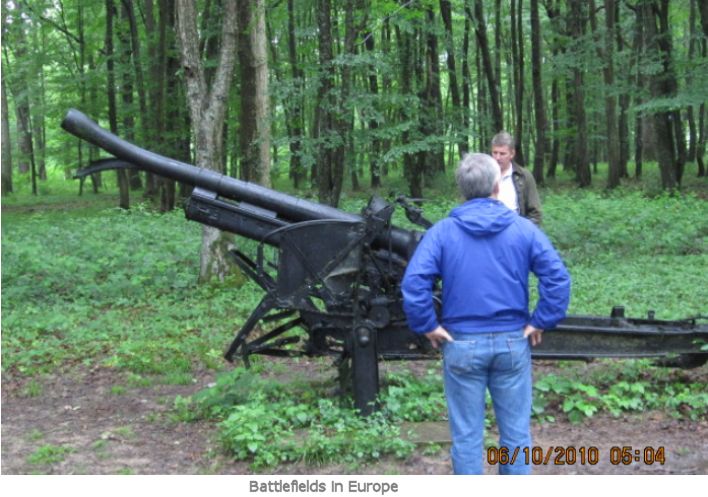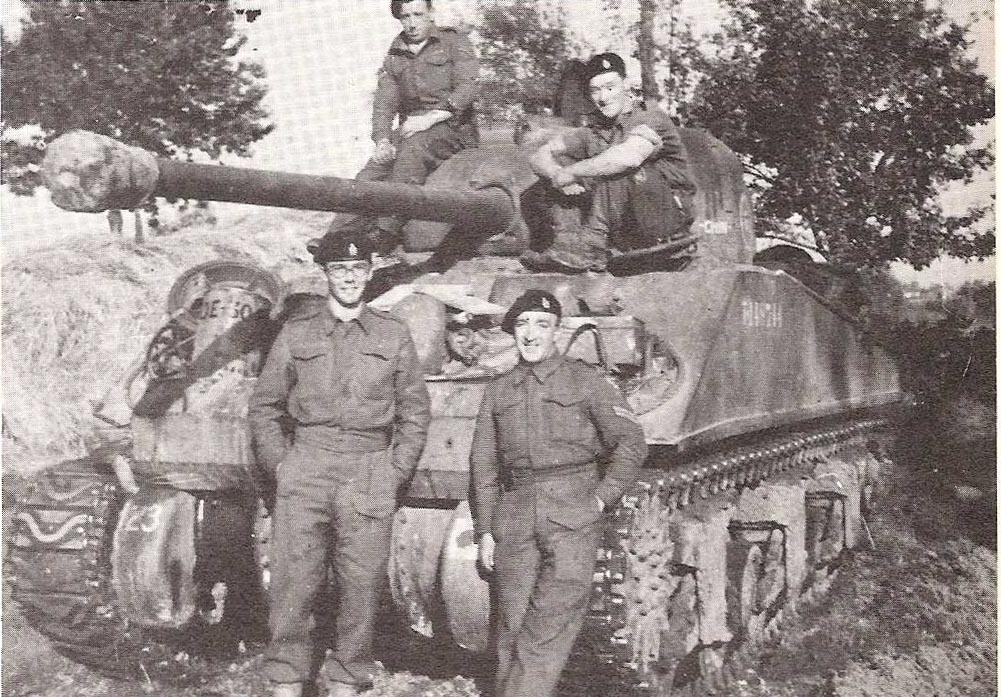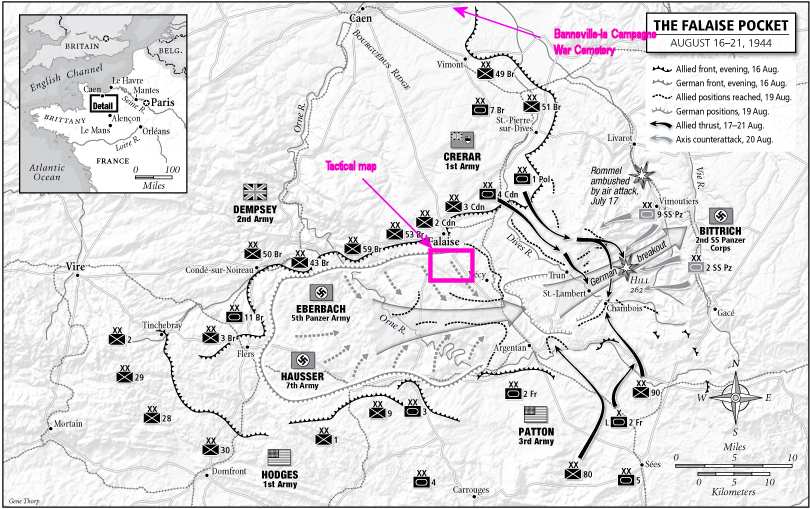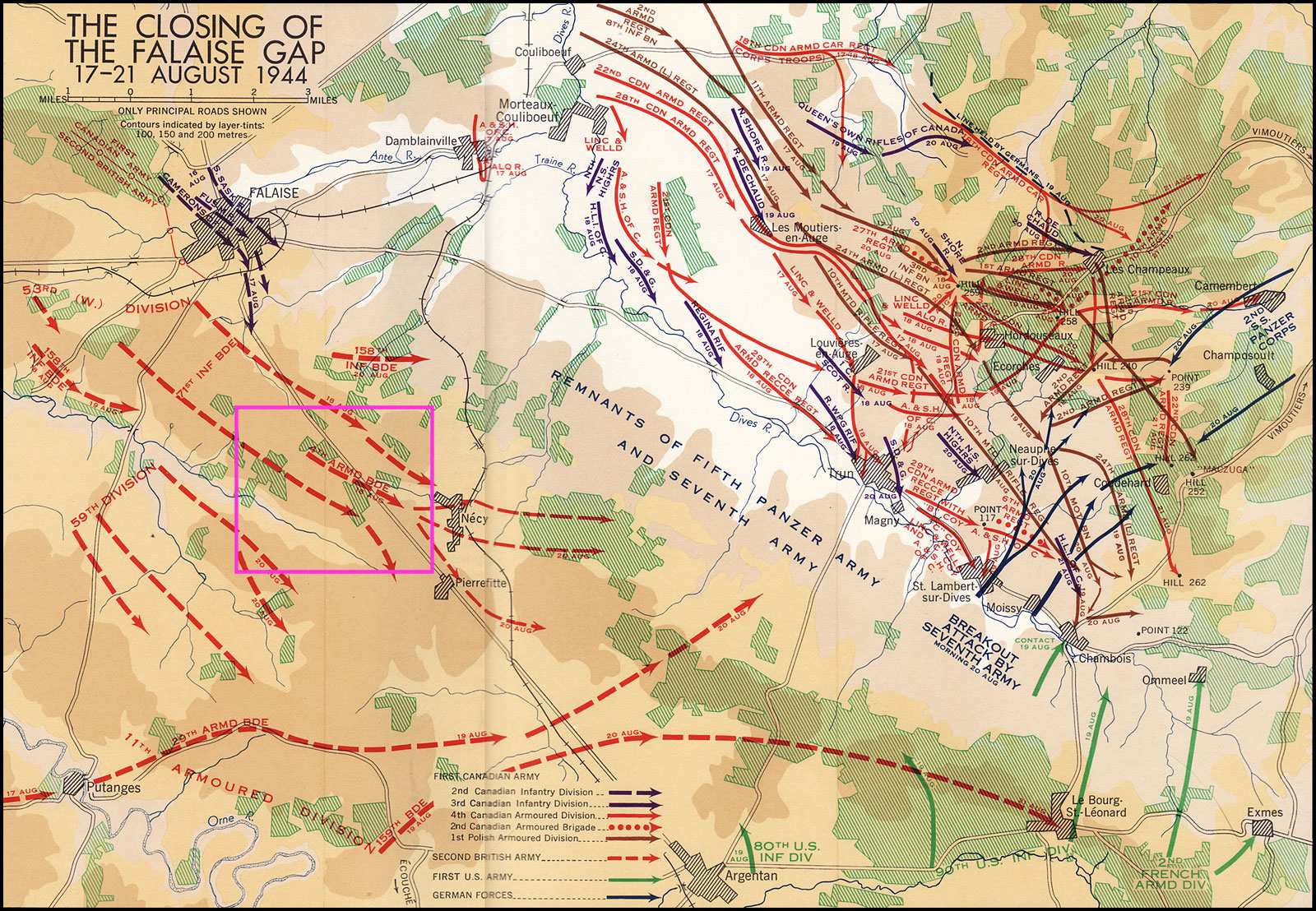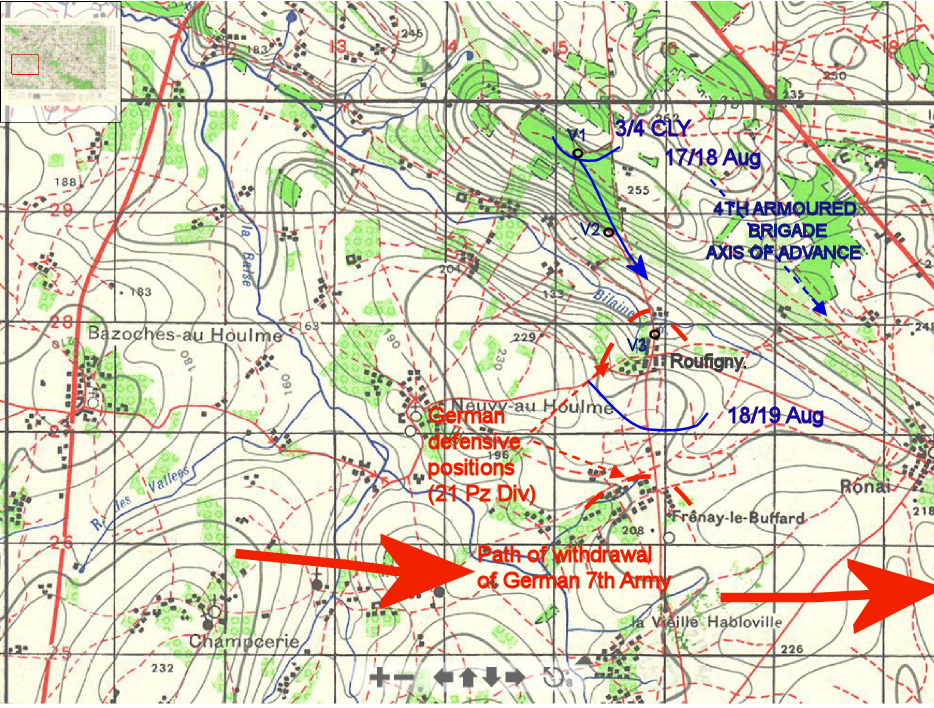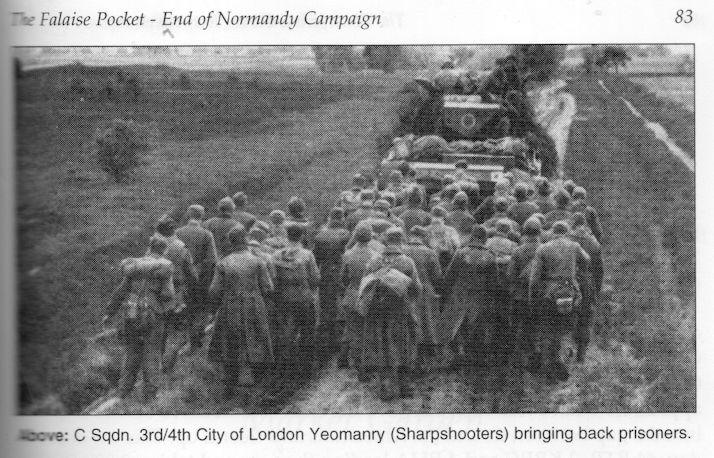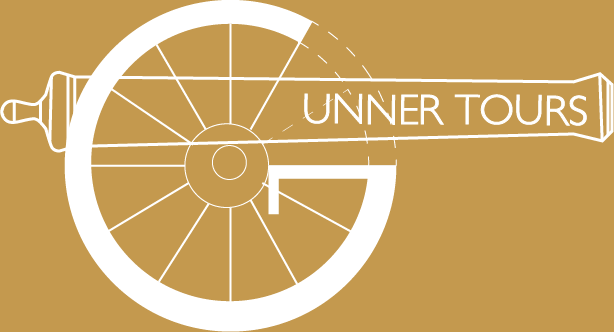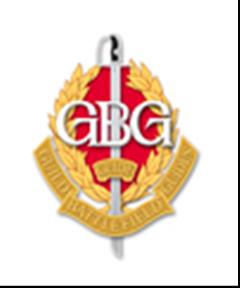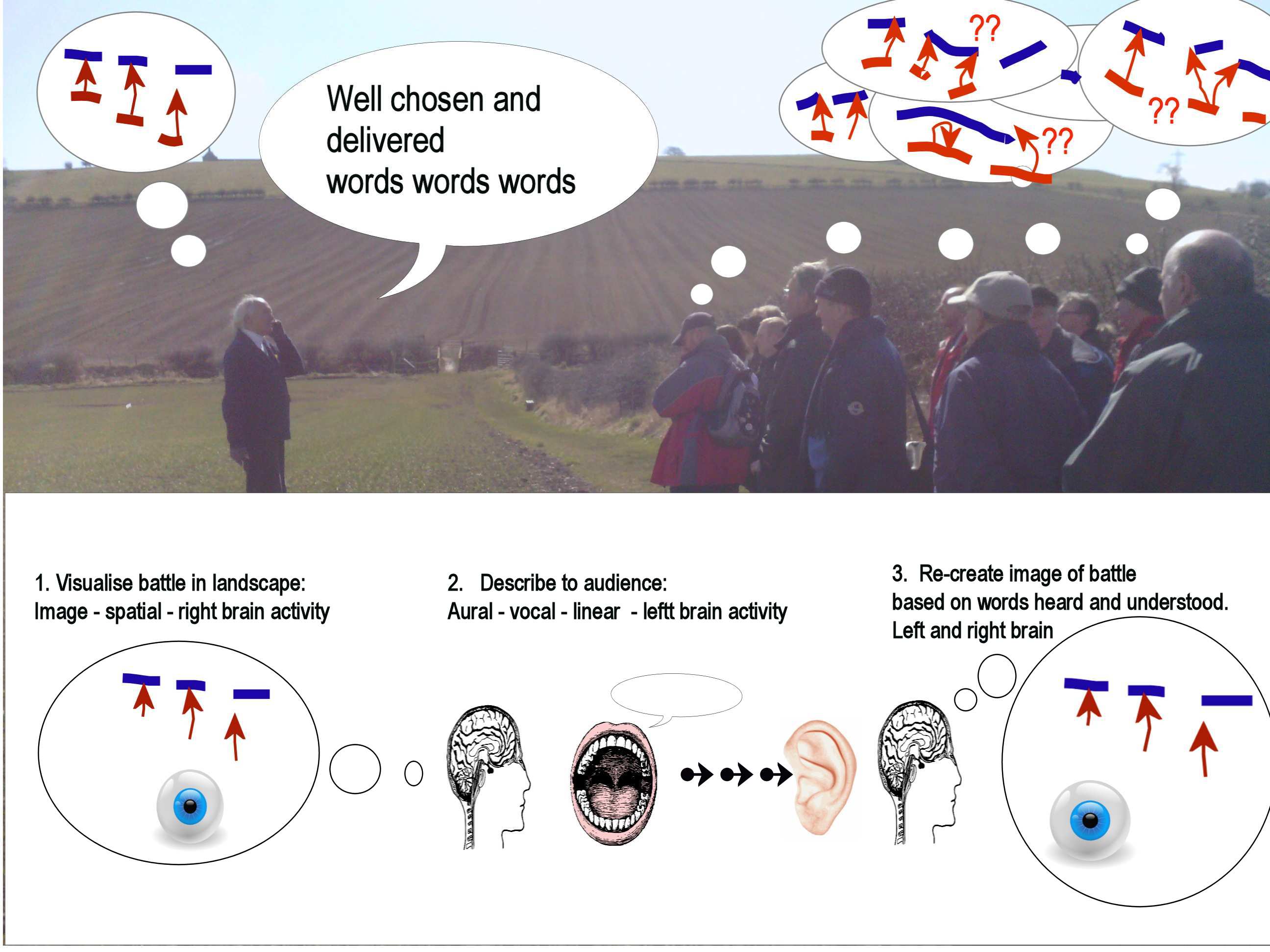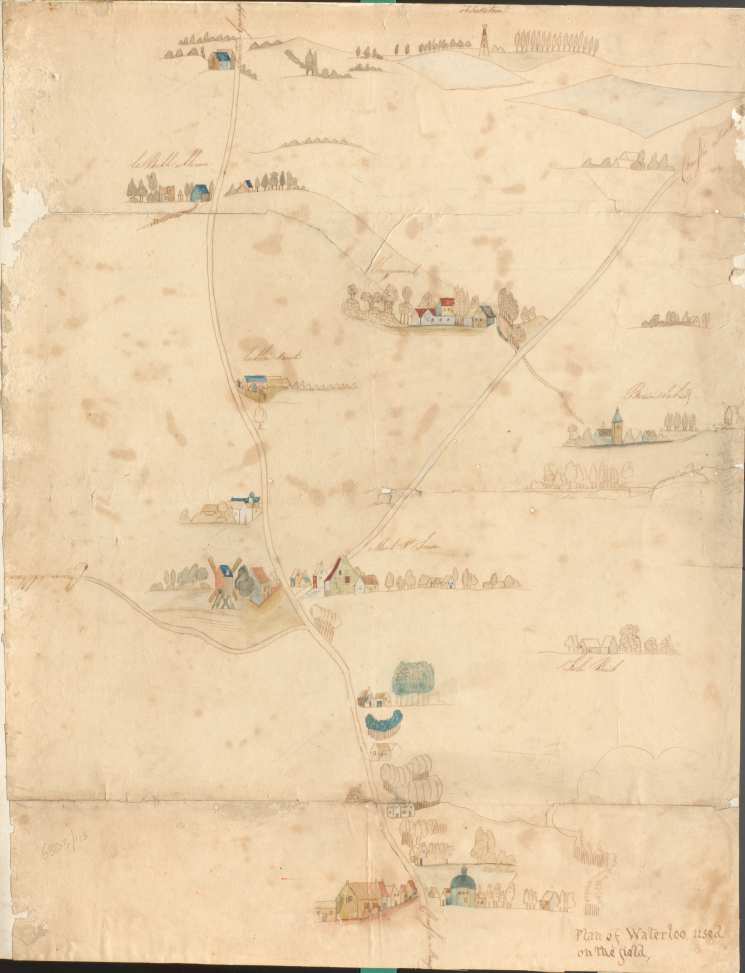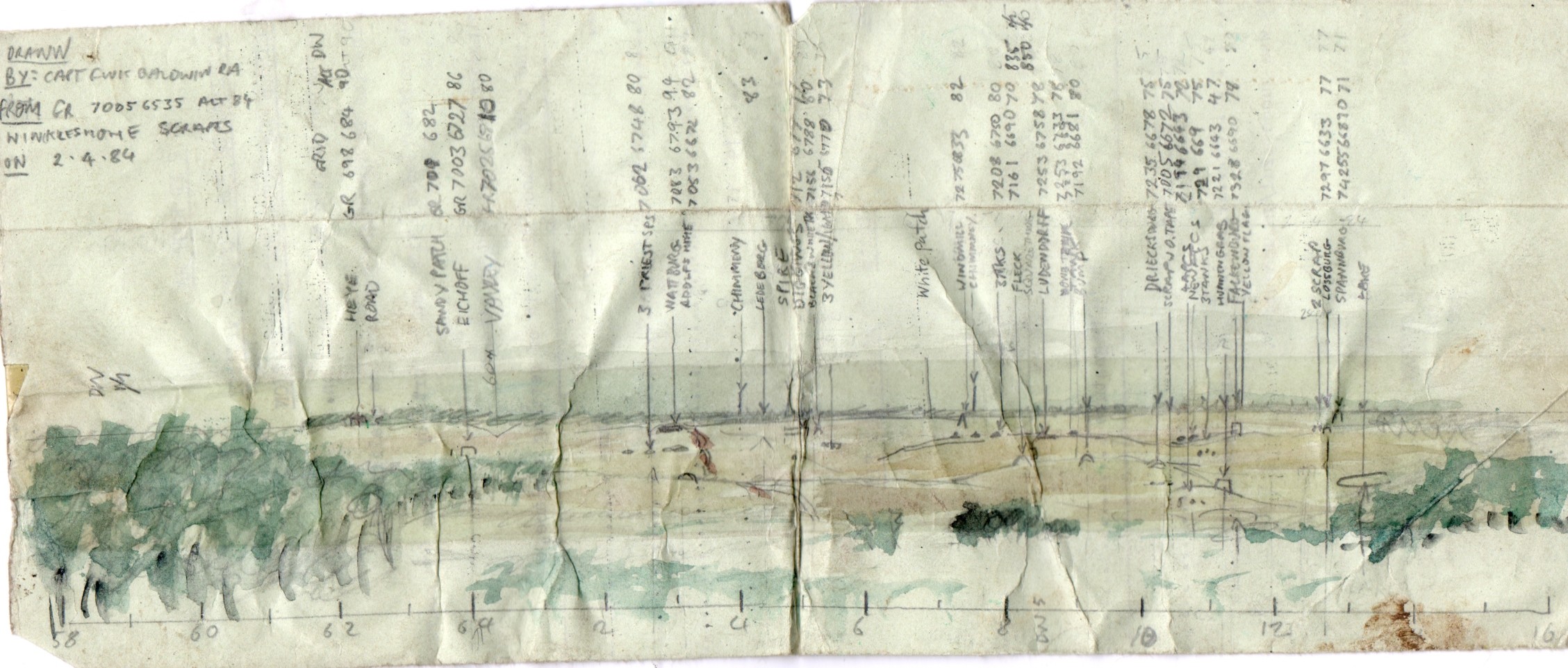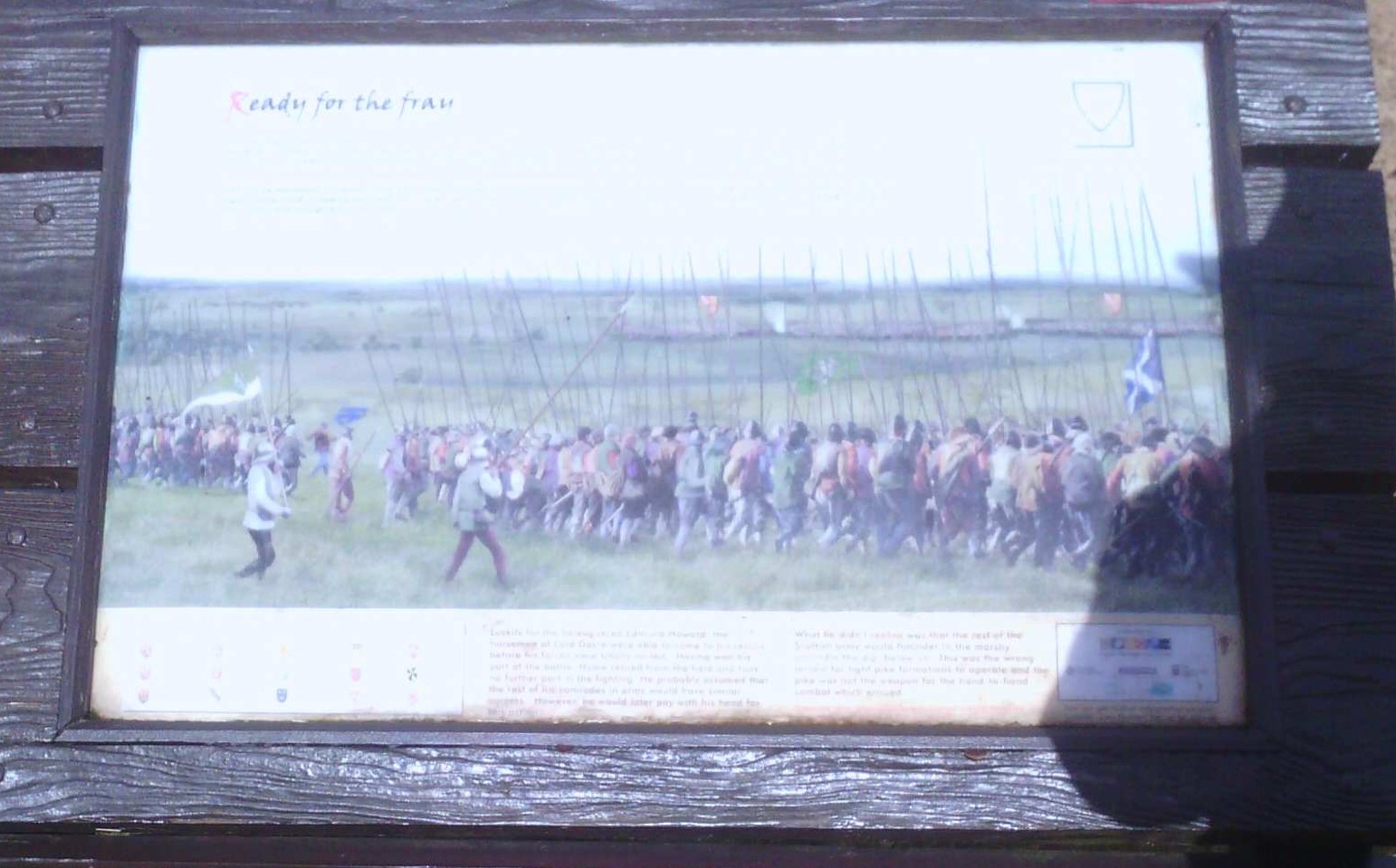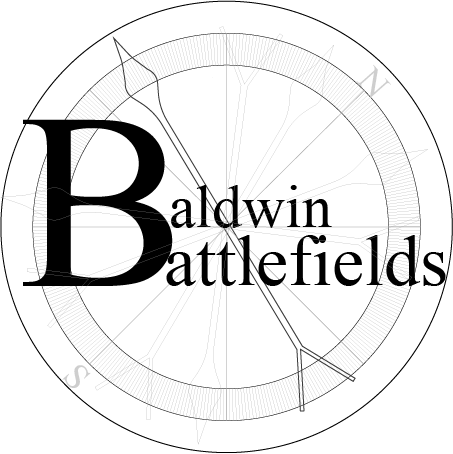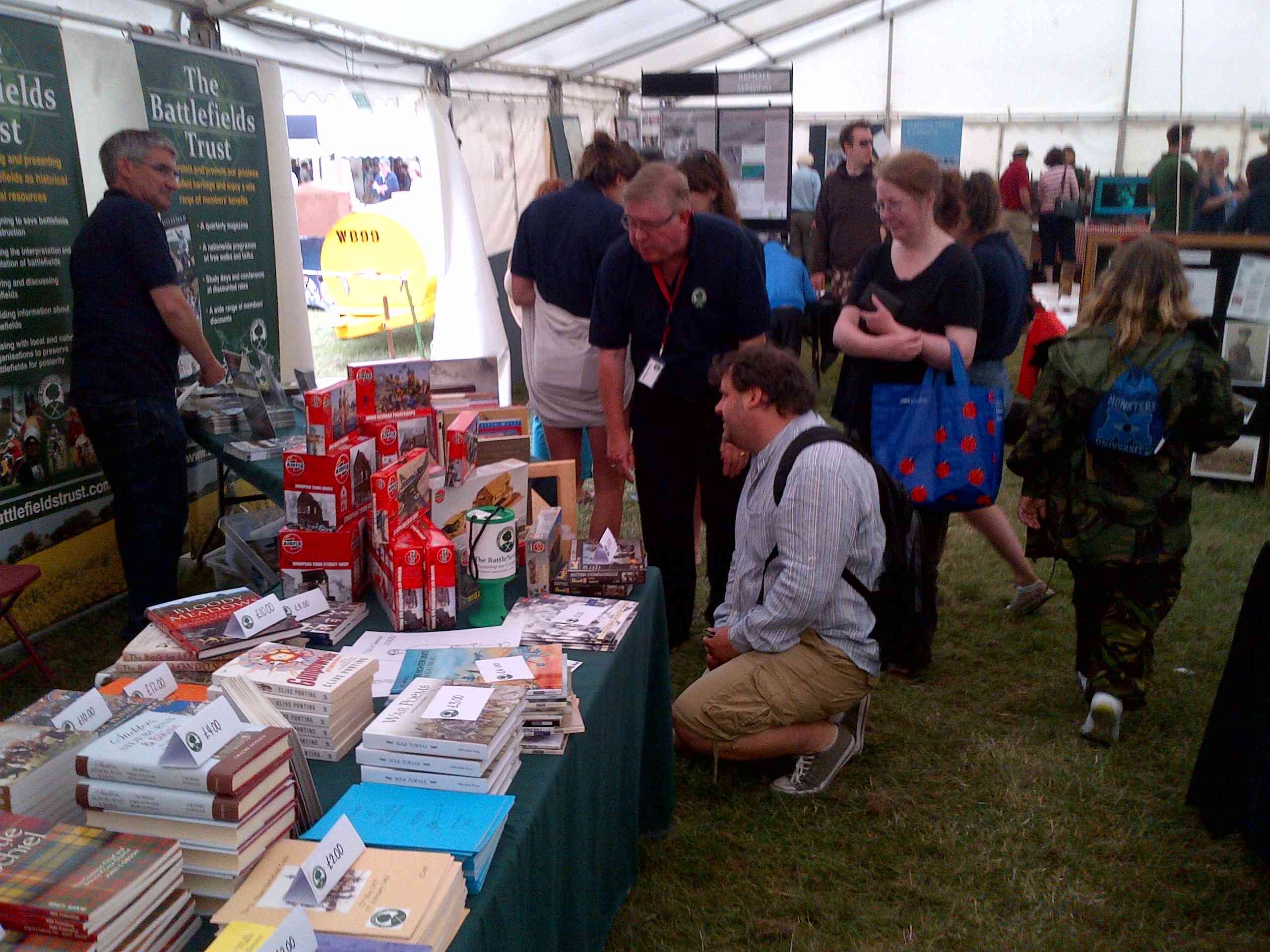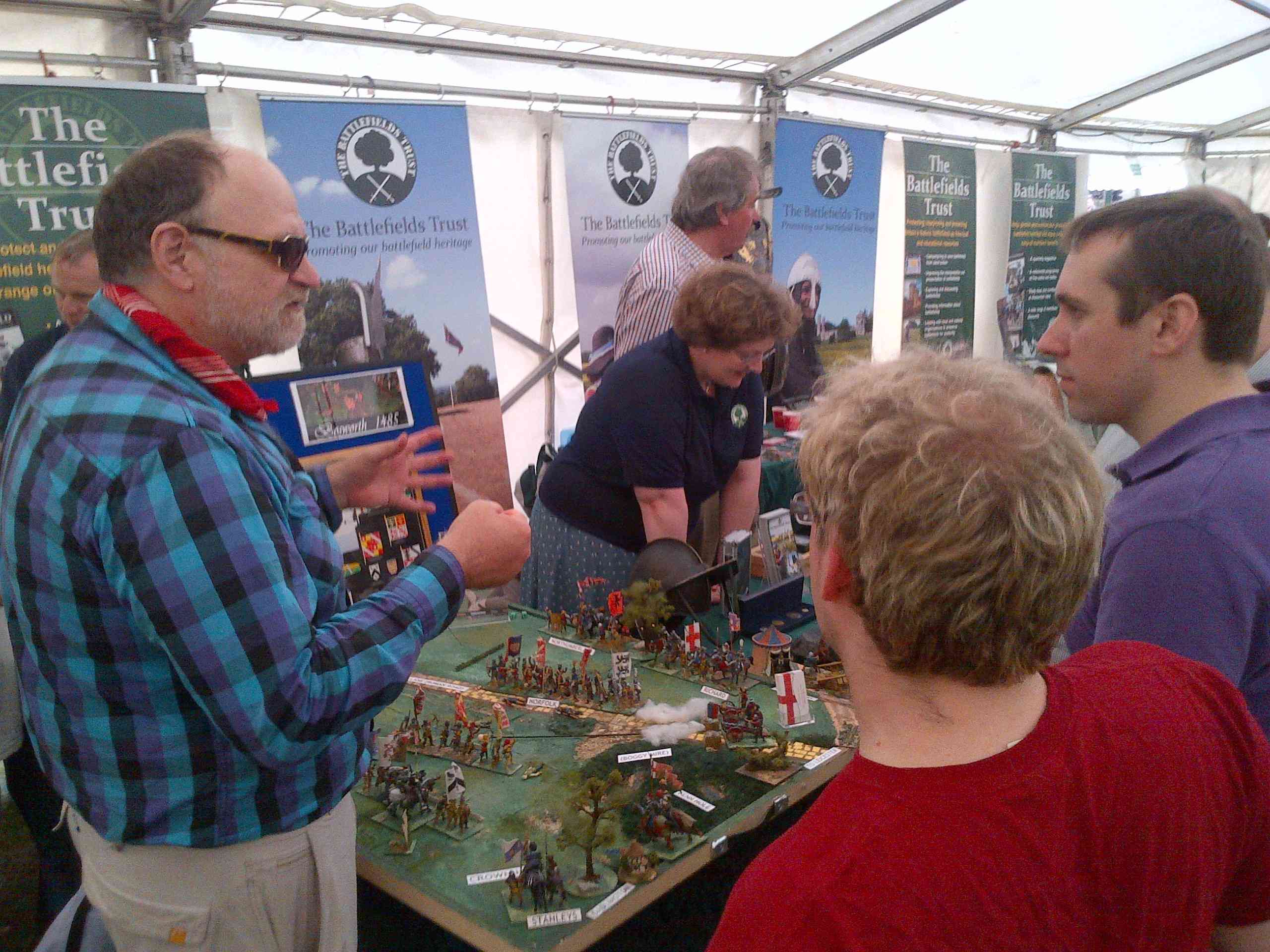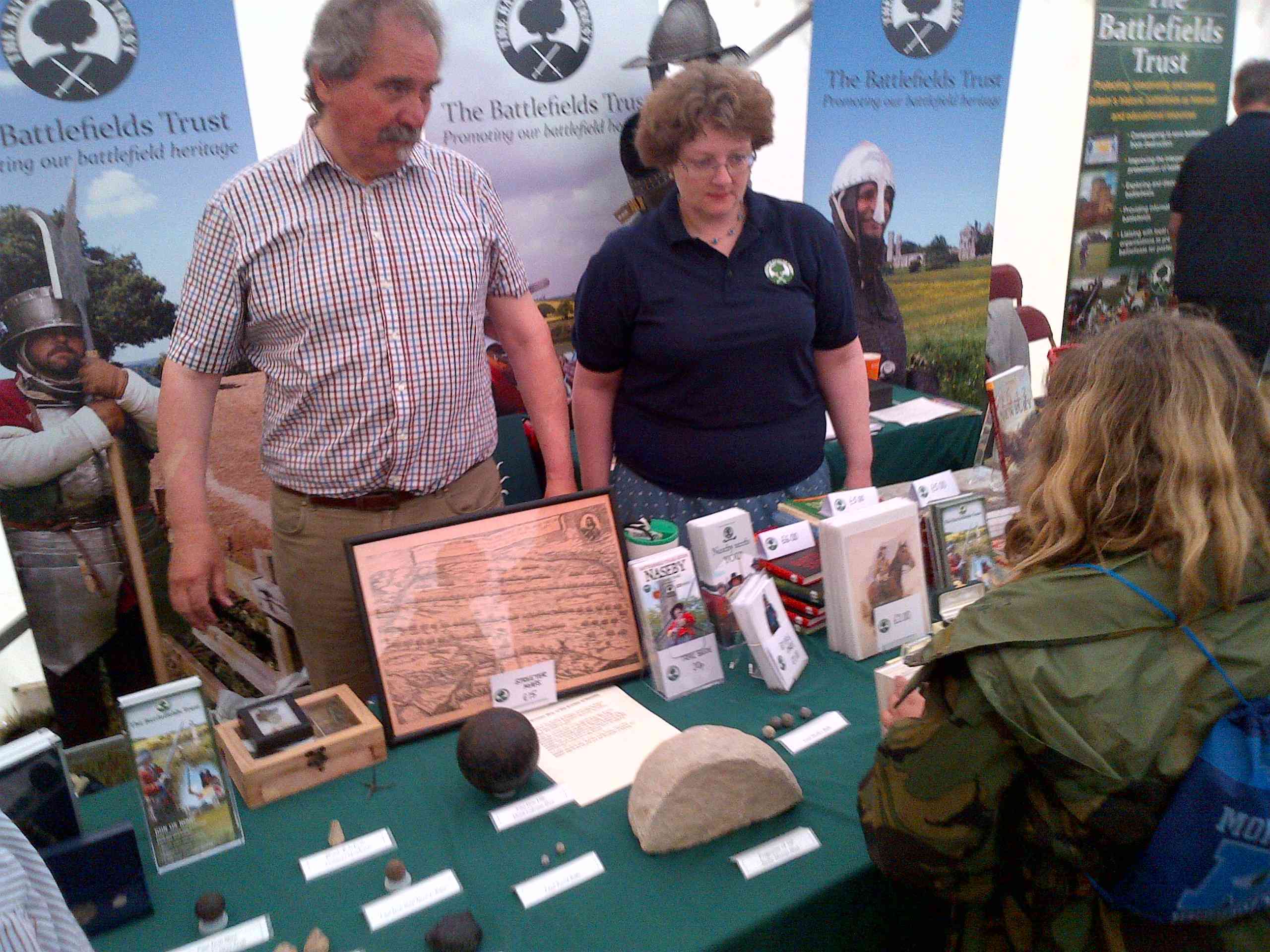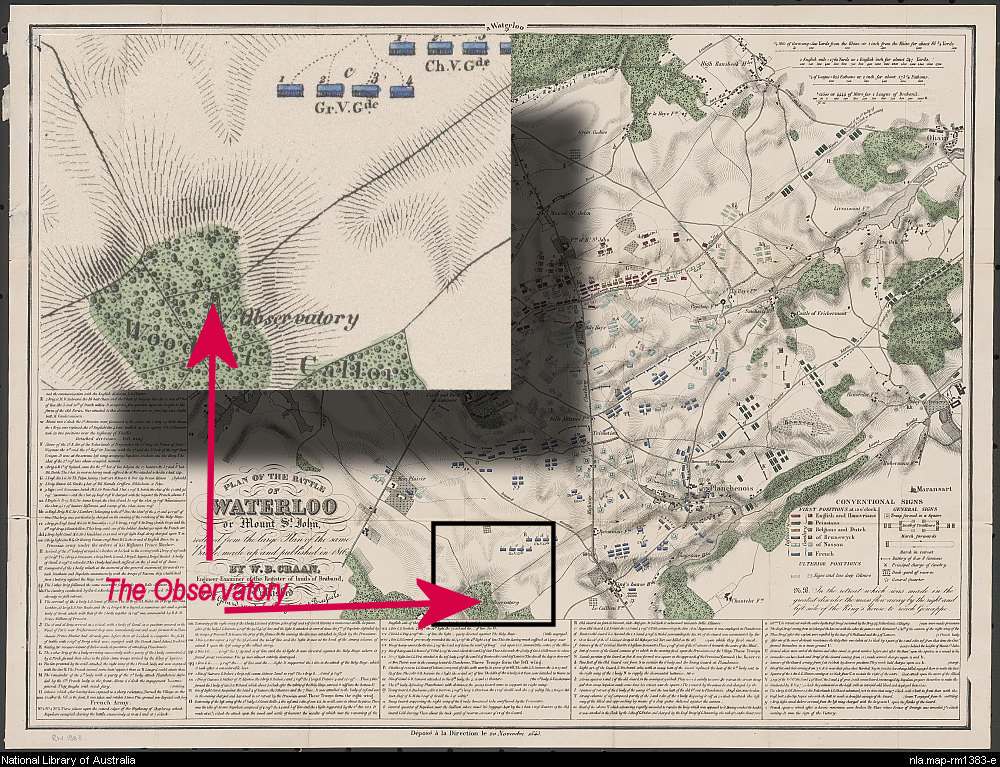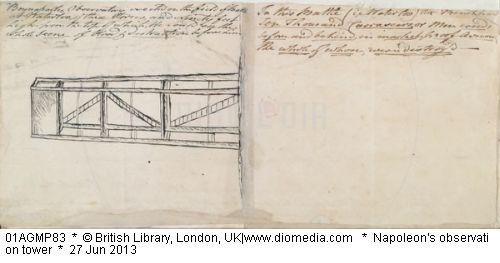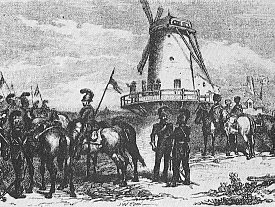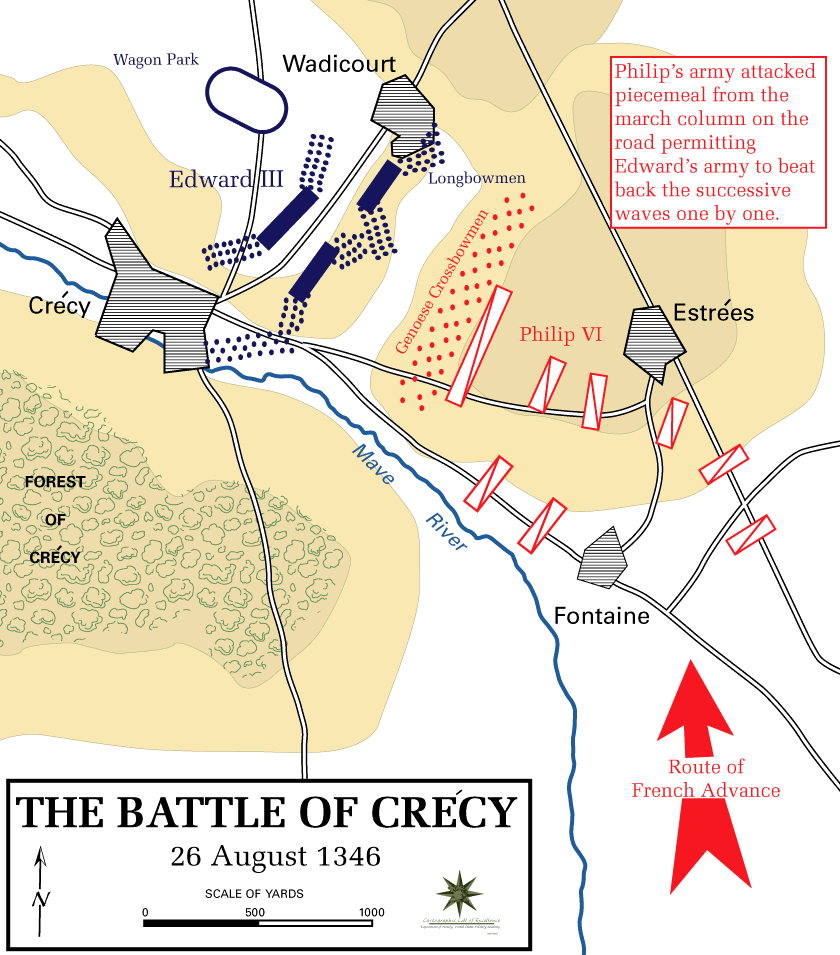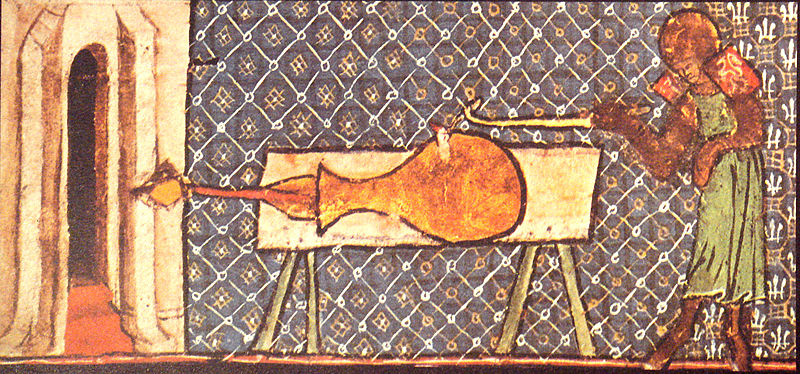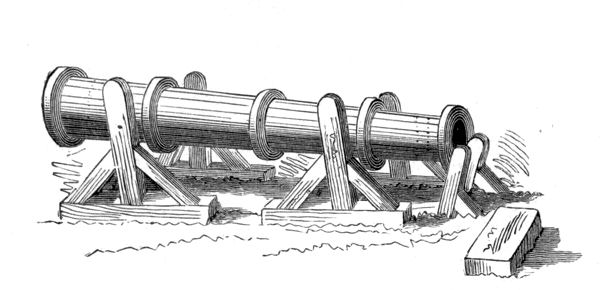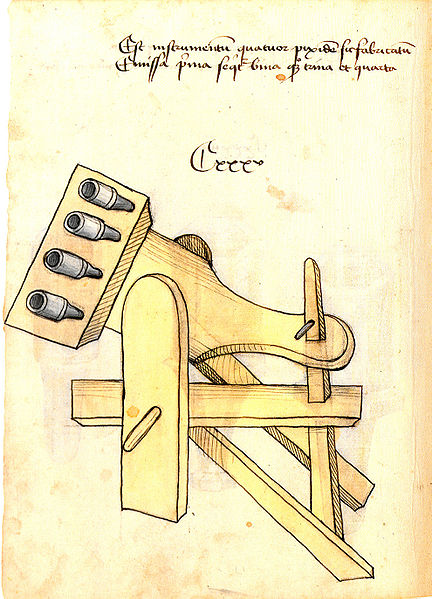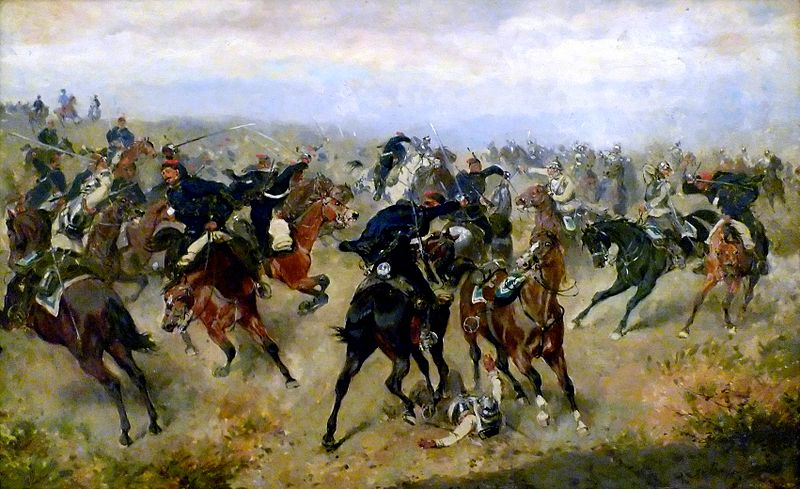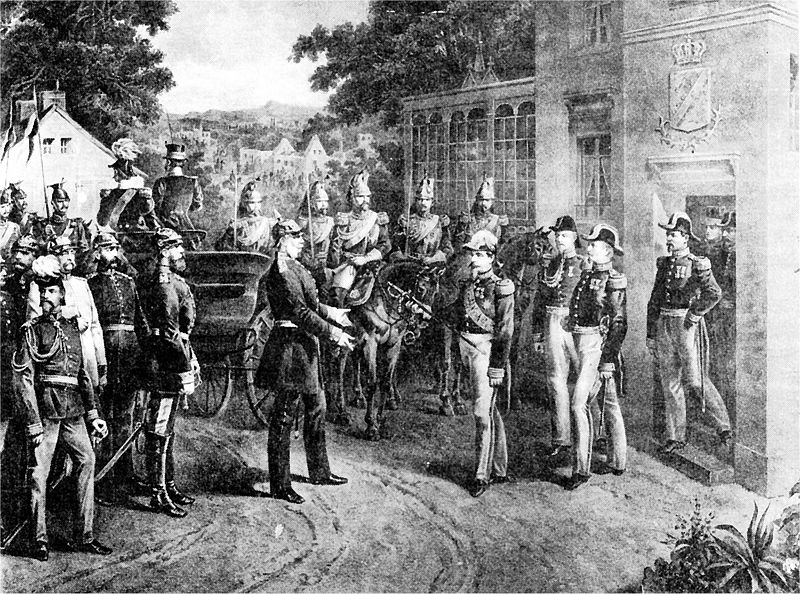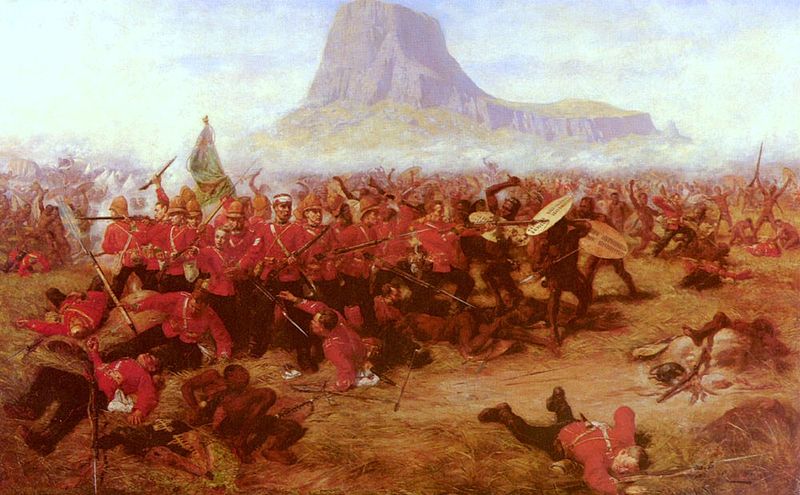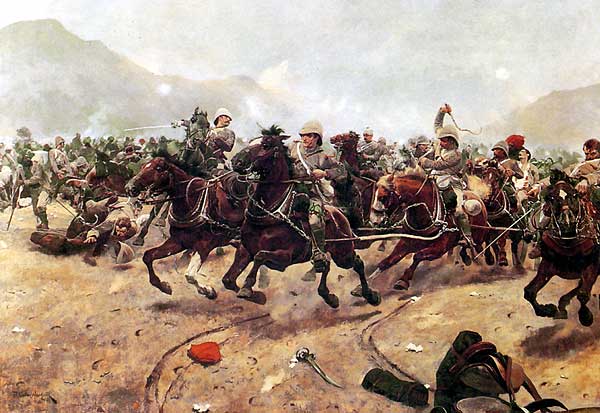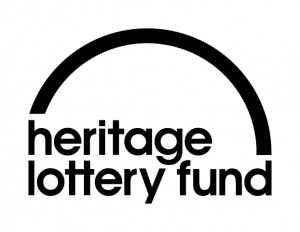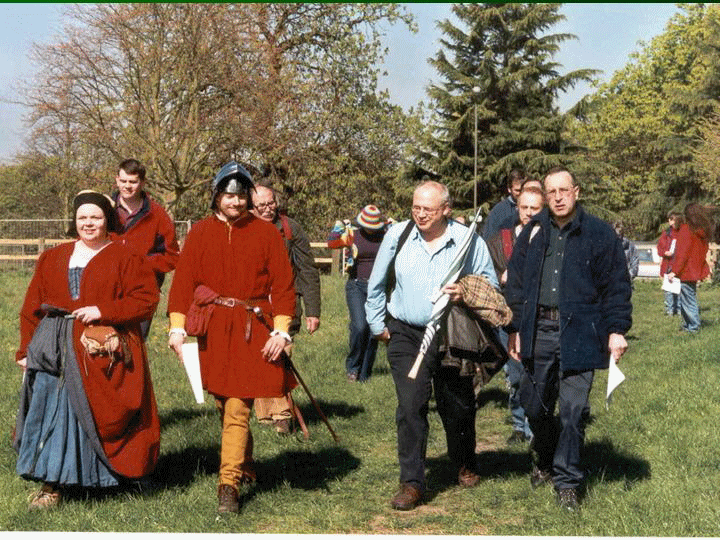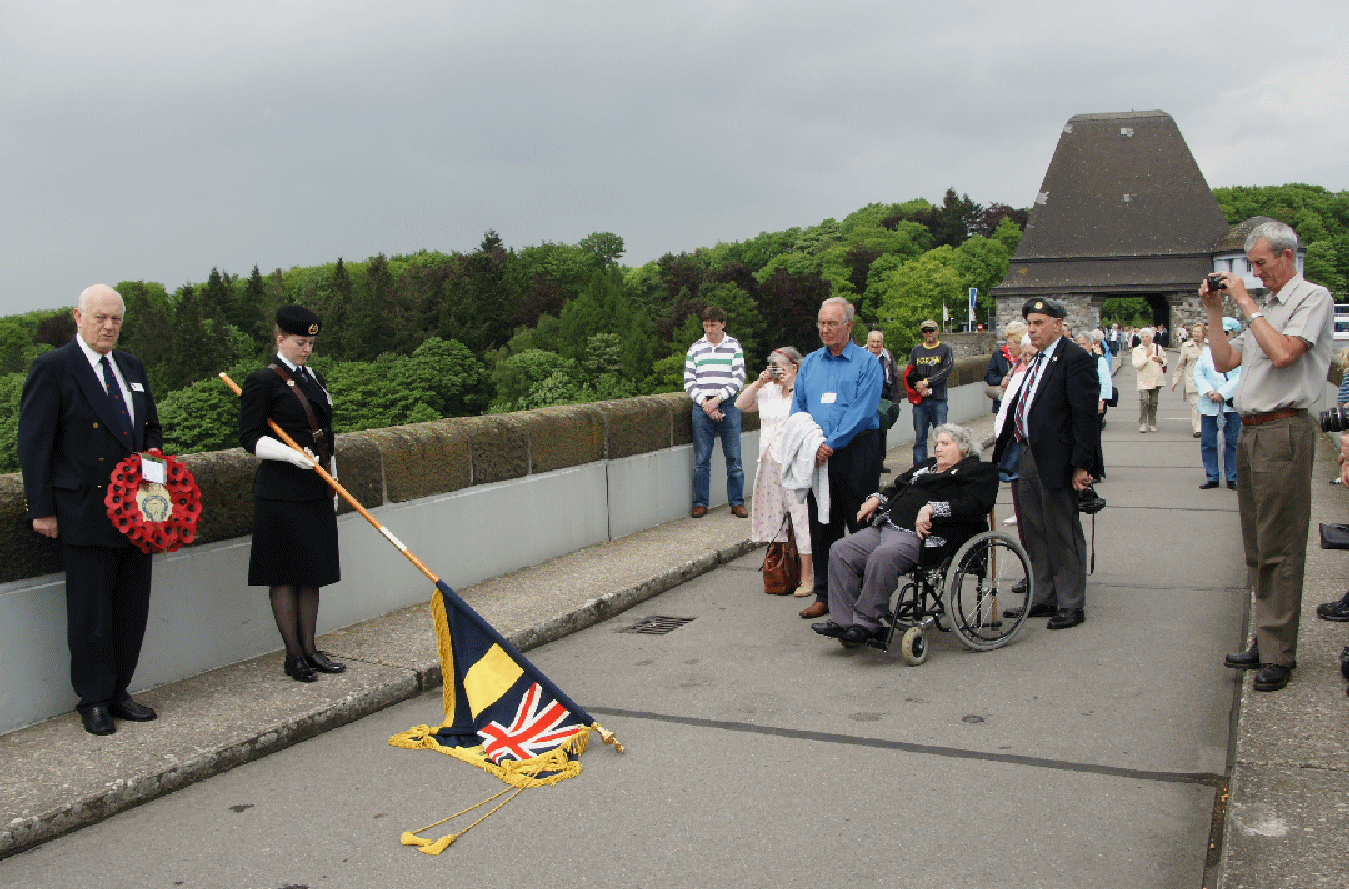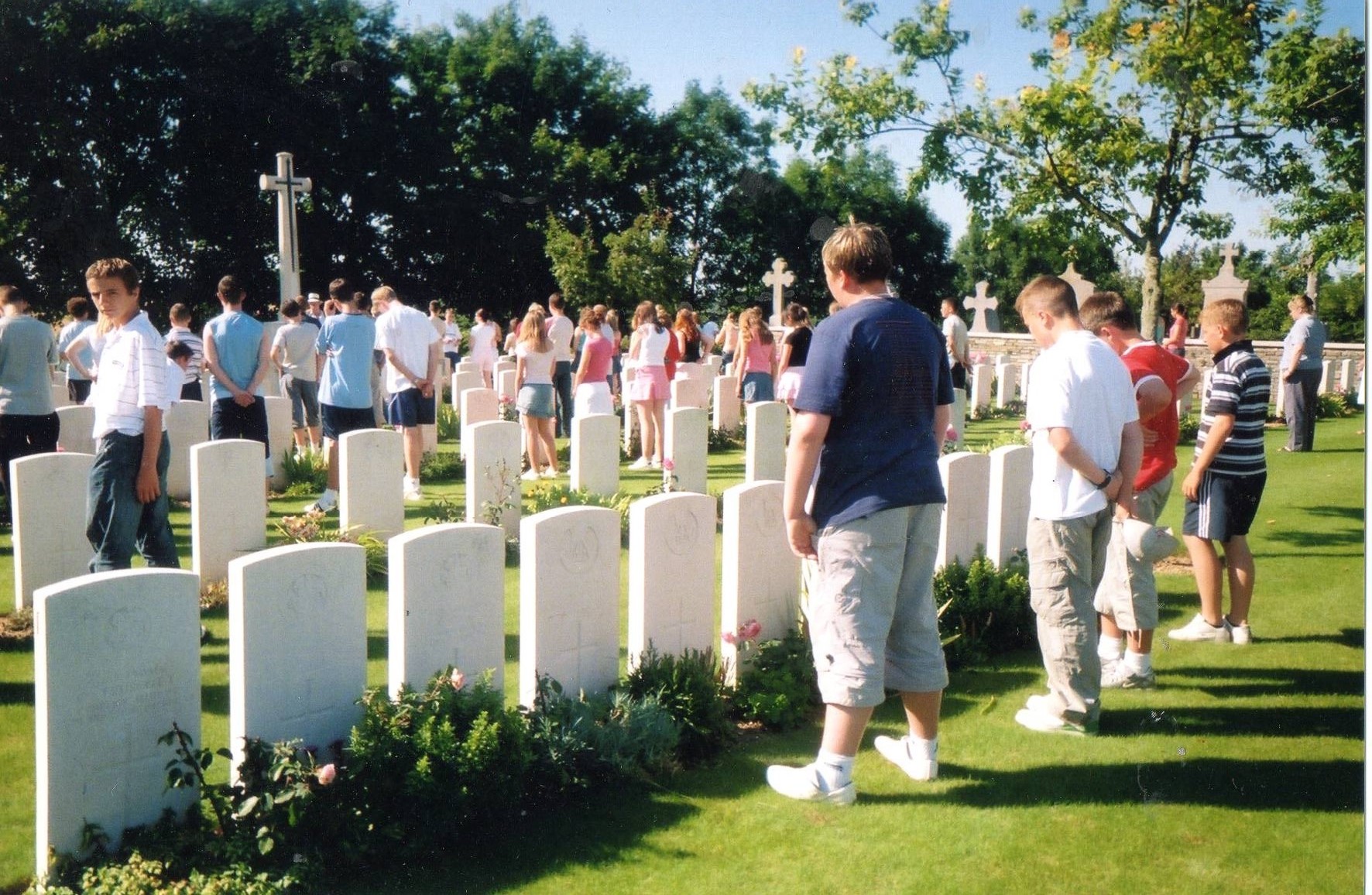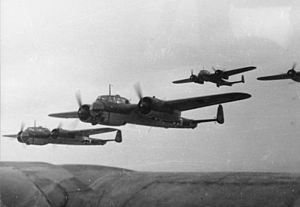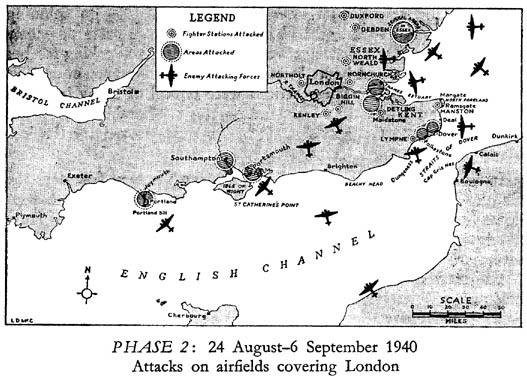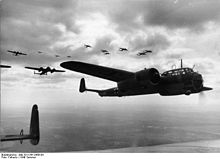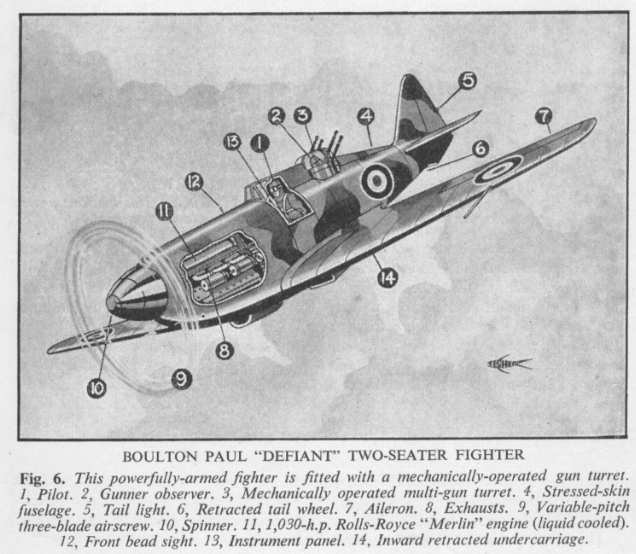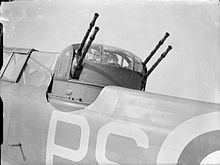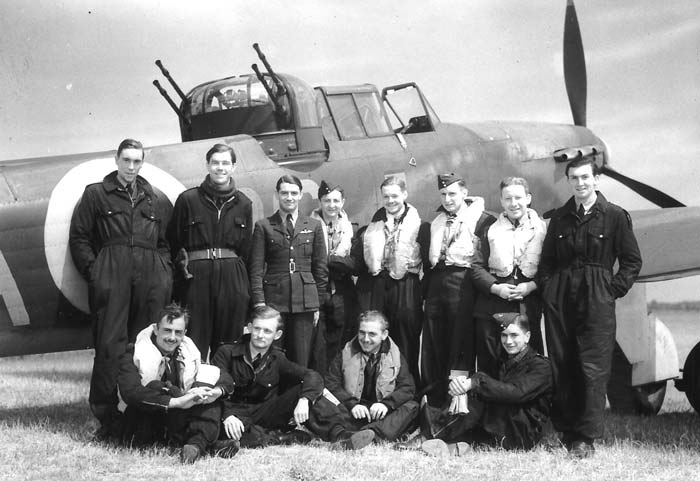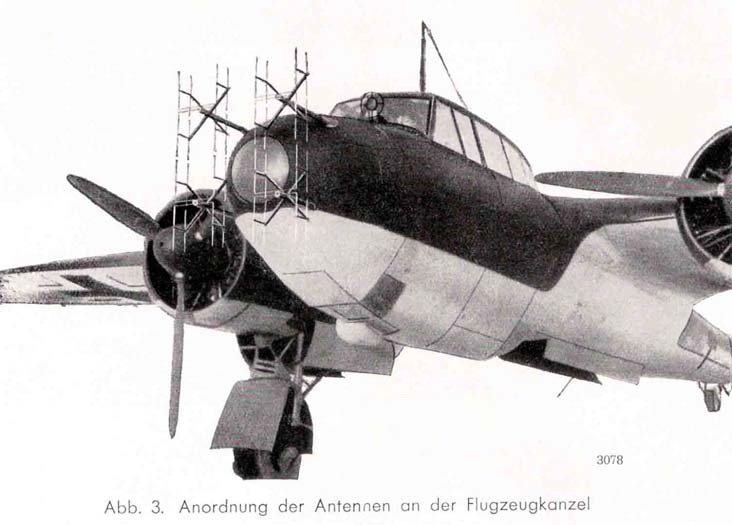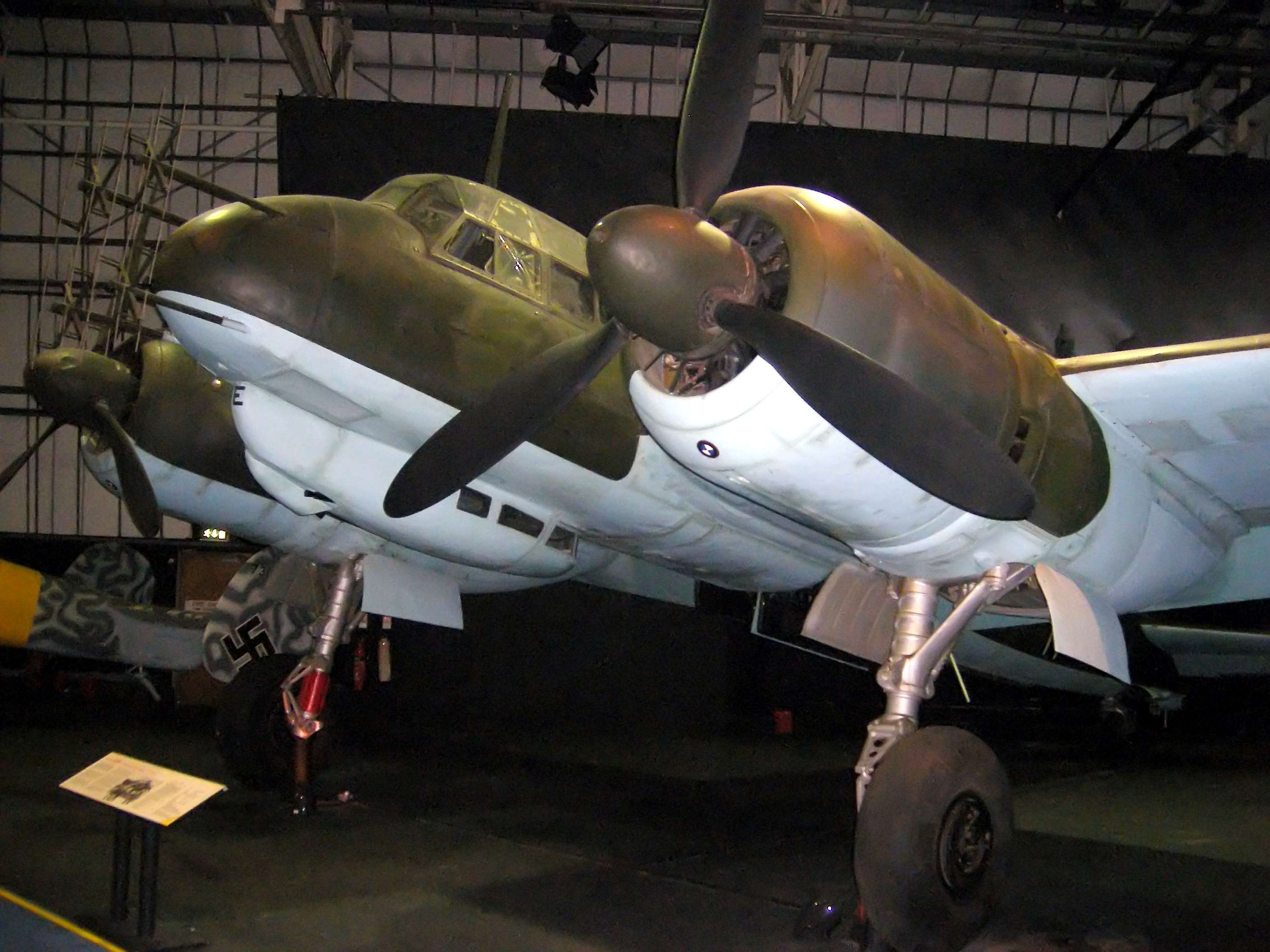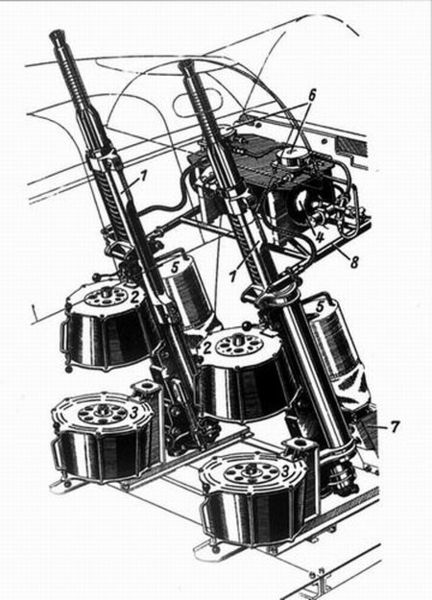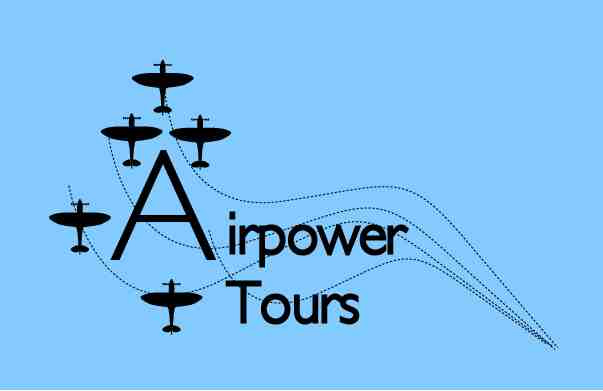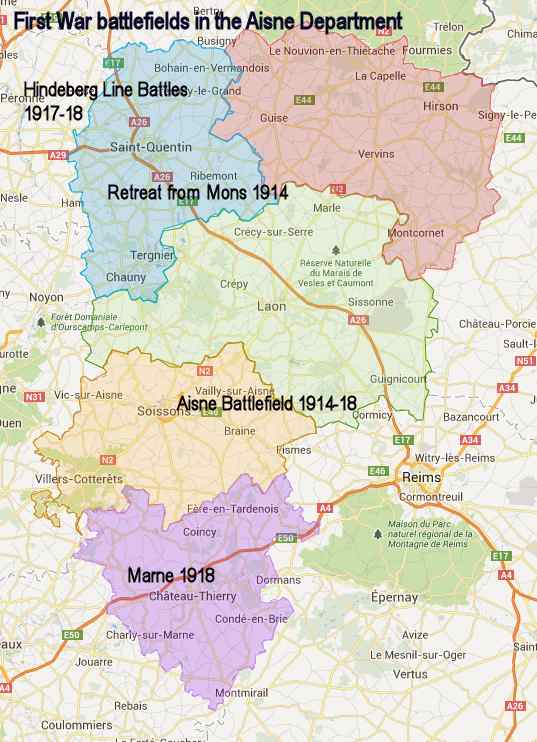
The Aisne battlefields are in some ways a forgotten corner of the Western Front. Most British visitors to the Western Front tend to focus on the battlefields of Flanders and the Somme, or hurtle across it en route to Verdun, the iconic French battle. Yet the battlefields in the Aisne, the bordering department south of the Somme Region, play a significant part in the development of the Western Front, have a special place in the story of the British Expeditionary force and are the resting place of several thousand British soldiers.
The Department of the Aisne forms an inverted triangle with St Quentin near the top left corner and the town of Château Thierry near the base. The northern half of the department is part of the Picardy plains. The southern half is much hillier and cut by the Oise, Aisne and Marne rivers flowing East to West. Battlefields tend to be determined by physical geography rather than administrative regions. Thus the department plays an significant role in several battlefields, only one of which takes its name from the department.
THE OTHER SOMME BATTLEFIELD
There are geographic and commercial reasons why British battlefield tourists tend to miss out the Aisne. The Somme is that bit closer, and even then most British visitors focus on the battlefields around Albert, the site of the dramatic and costly first day of the Somme, and popularised in literature from Siegfried Sassoon to Sebastian Faulks. There has also been a major investment in the Somme in heritage tourism, from the development of the Thiepval interpretation centre, to the establishment of the Museum of the Great War in Peronne, and there is the well organised support for British tourists and the tourist trade. There is a risk though, that the focus on that which is easiest to visit distorts our understanding of the history and what it means.
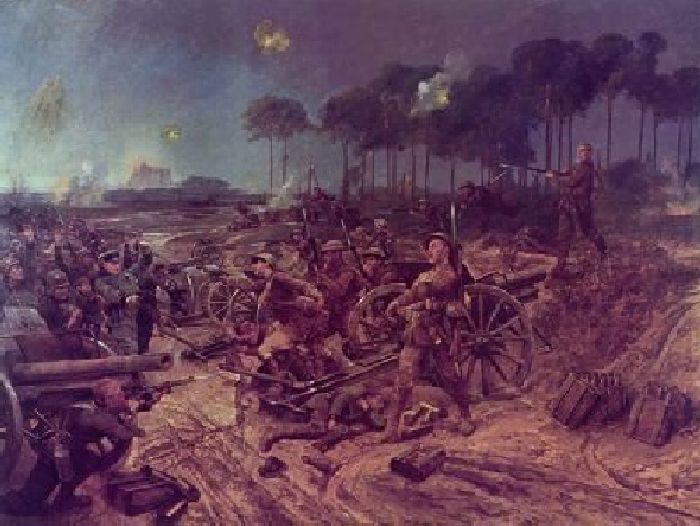
The Northern part of the Aisne department centres on the town of St Quentin. This area tells a different story of the battles we know as the Somme. The most obvious features are the remains of the Hindenburg line, the fortified line created due to the high cost to the Germans of the battle of the Somme. We don’t often see the 1916 Somme battle as a “victory”. The huge investment in developing the Hindenburg line and the spiteful destruction of everything of possible value in the land they evacuated indicates that the Germans saw the Somme as a defeat. This area included the sites of actions in the advance to the Hindenburg line in March 1917. The village of Francilly-Selency includes reminders of this in the monument to the 2nd Battalion the Manchester Regiment which liberated the village in March 1917, in the action during which one of their officers, the poet Wilfred Owen, was wounded.
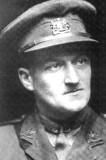
If we relied purely on popular culture, the Great war was not won but fizzled out in an Armistice, whether in a hail of bullets in no man’s land in Blackadder or with the tunnellers still under the static trenches in Bird Song. However, a visit to the Battlefields around St Quentin bears witness to the violent climax to the First World War on the Western Front. In March 1918, Manchester Hill, captured by Wilfred Owen’s battalion the previous spring, was occupied by the 16th Battalion the Manchester Regiment, understrength and exhausted from the Passchendaele campaign. This was one of the British redoubts isolated by German storm troops on the first day of the Kaiserschlacht and where its commanding Officer fought to the death, and was subsequently
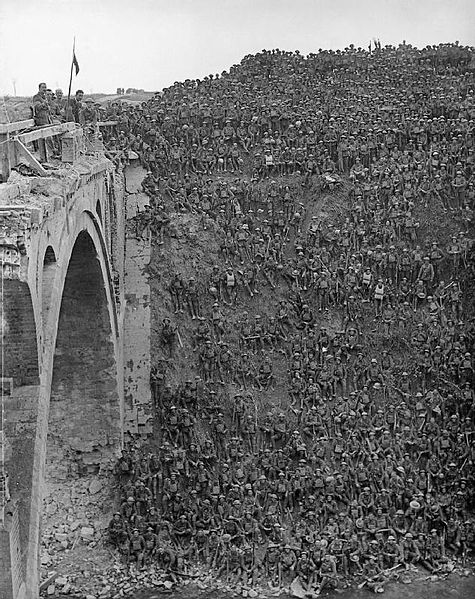
awarded the Victoria Cross. The Hindenburg Line positions north of St Quentin stormed by the British, Australian and American troops 28 September-3 October 1918, are still very visible and provide evidence of the story of the allied determination, skill and courage that overwhelmed the Germans in 1918. At this point the German defences were based on the Canal du Nord, a major obstacle protected by barbed wire and concrete bunkers. The tactical problem can be compared with the D Day landings. The bridge at Riqueval, seized by Captain Charlton and nine men can be compared to the capture of Pegasus Bridge on D Day. It is one of the most evocative places, and captured on a camera.
The fighting did not end at the canal. The concrete bunkers of the Hindenberg line are much better preserved than the earthworks of the Somme. The BBC TV Programme ”Who Do You Think You Are?” featured Matthew Davis the descendent of William Henry Johnson VC winner seeking the story of his ancestor. http://www.bbc.co.uk/news/magazine-23109590
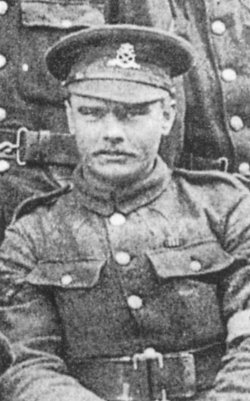
Close to here, at Mannequin Hill, N.E. of Sequehart, Lance Corporal William Harold Coltman, of 1/6th Bn, North Staffordshire Regiment, carried out the actions for which he was awarded the Victoria Cross. William Coltman, whose Christian beliefs would not allow him to kill another man was Britain’s most highly decorated serviceman of the First World War ( 1914-1918 ). In the last two years of the war he was awarded the Victoria Cross, Distinguished Conduct Medal twice, and Military Medal twice, acting as a stretcher-bearer.
THE AISNE – THE BIRTH OF TRENCH WARFARE

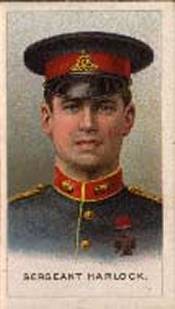
South of Laon is the area of the Aisne battlefields. The department included the battlefield is bordered by the city of Soissons in the West and Berry au Bac in the East, and stretches as far south as the River Marne and the city of Laon in the North. The countryside is a little more alien for the British visitor. The Somme Battlefields are geologically similar to Southern England and the rolling countryside and large fields are similar to the landscape of Hampshire. Much of the fighting centred on the high ground North of the river Aisne. The heights are often referred to by the name of the road along the heights, the Chemin des Dames.
The War first came to the area in September 1914 as the French and British armies fell back south pursued by the Germans. The German Schlieffen plan finally unravelled in the battle of the Marne between 5-12th September 1914 and the Germans pulled back. When the allies advanced north many could be forgiven for thinking that this war was nearly over. There had been an advance, a big battle and now the invaders were in full retreat. But, when the British Expeditionary Force (BEF) crossed the river Aisne, they found the Germans dug in on the spurs on the high ground overlooking the rive Aisne and supported by plentiful artillery. Despite heroic efforts in over a week of fighting, the BEF were unable to dislodge the Germans and both sides had started to dig trenches. Field Marshal Sir John French, the commander of the BEF wrote to the king “I think the battle of the Aisne is very typical of what battles in the future are most likely to resemble. Siege operations will enter largely into the tactical problems – the spade will be as great a necessity as a rifle”
There is a lot to see in the area from the BEF experience on the Aisne. The ground itself is evocative, and much as it was in 1914. You can still see the bridging site where the Royal Engineers bridged the river next to the damaged bridge. The story of the BEF can be traced on the landscape and past the cemeteries with the reminders of the costs.
THE CHEMIN DES DAMES –1917 THE CALVARY OF THE FRENCH ARMY
The Chemin des Dames area was the site of the disastrous Neville Offensive in May 1917. The newly appointed commander of the French Army, General Robert Neville, thought that he had discovered the secret of the offensive based on the experience of successful limited attacks on the Somme and Verdun. He massed hundreds of guns and the cream of the French army, including tens of thousands of African soldiers. Unfortunately for Neville and the French army, the Germans had tunnelled deep into the ground, developed defences in depth and found out when and where the attack would take place. After several days bombardment the attack started under atrocious weather conditions, for May. After 135,000 casualties the French troops had had enough. There were mutinies in several regiments. They were strikes really, with soldiers protesting about ill planned attacks, poor food and no leave.
The saviour of Verdun, General Petain was appointed as Commander in chief of the army. He is credited with restoring discipline and confidence to the French Army. He did so with a mixture of carrot and stick. He instigated improvements in pay and leave arrangement, and perhaps most significantly, he cancelled further major offensives. This allowed the French army to recover its confidence in its commanders through a series of carefully planned and executed limited offensives. One of these, in November 1917 took place in the area around Fort Malmaison on the Aisne and resulted in the Germans withdrawing from the Chemin des Dames, the objective on the first day of the Neville offensive. The other implication of the French Army mutinies was that the burden of warfare on the West would have to be borne by the British until the American army could be mobilised and brought to Europe.
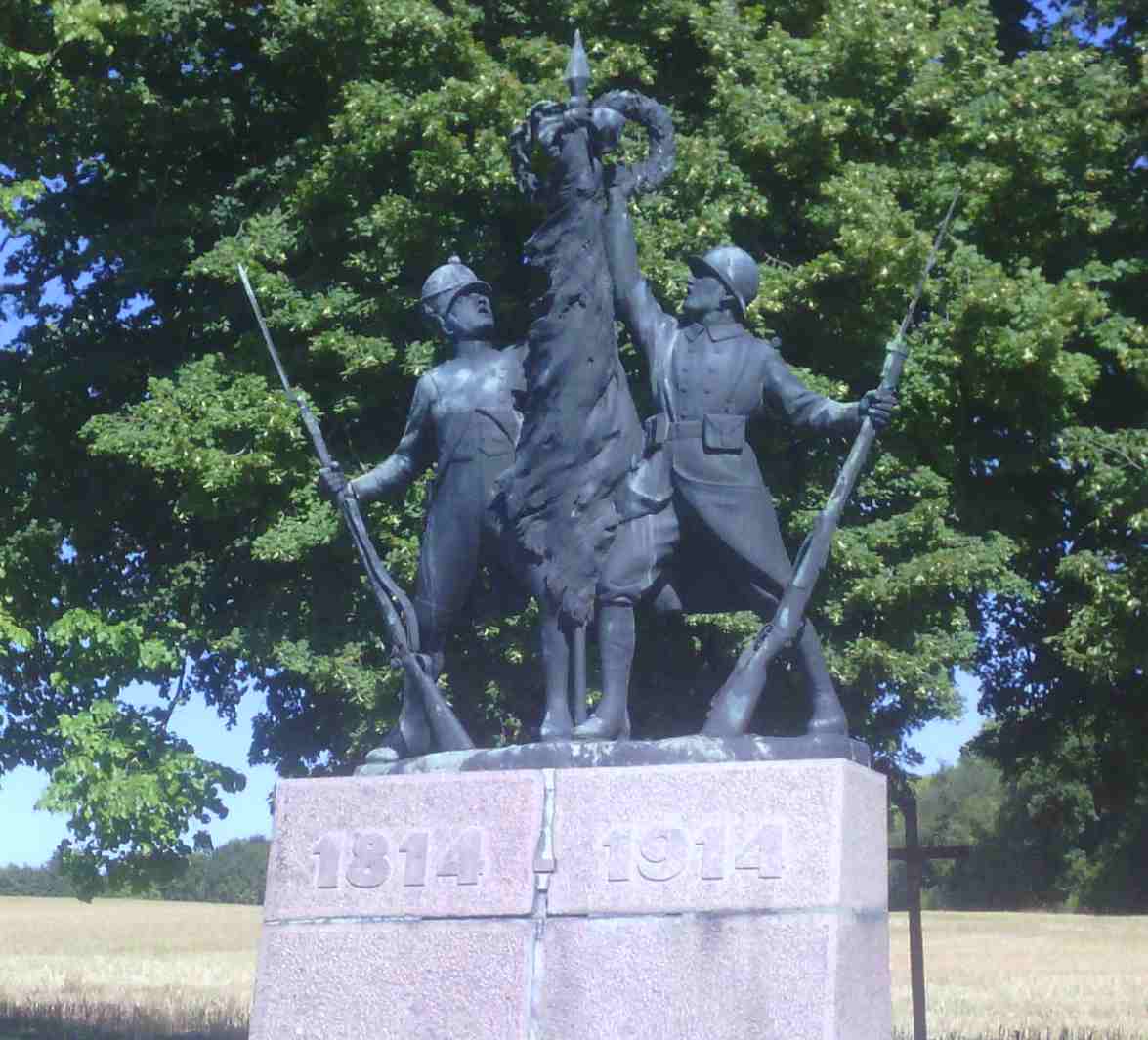
Arguably the 1917 mutinies had another legacy, in the French army of the Second World War. There is a comparison with Verdun. Verdun is a story of determination and sacrifice characterised by “They shall not pass”. The Chemin des Dames is where the French army reached the limits of endurance. It can be characterised by the bitter words of the Chanson de Craonne. ” It’s in Craonne up on the plateau That we’re leaving our hides ‘ Cause we’ve all been sentenced to die. We’re the ones that they’re sacrificing.”
There is a lot to see on the Aisne battlefield from the 1917 battles. The battlefield itself, like much of the

area around Verdun was deemed to be too devastated to be restored for agricultural use and designated a “Red Zone.” Although subsequently much agricultural land has been recovered, there are still tracts of the battlefield preserved as it was at the end of the First War, with the ruins of abandoned villages such as Craonne. There are also plentiful interpretive panels and panoramas relating the landscape of the battlefield. One focus for interpretation is the Cavern de Dragons, a quarry that became the scene of underground fighting. This contains an imaginative museum and guided tour.
There are also some evocative memorials each of which tells something of the French army. One memorial has a statue of a French soldier of 1814 alongside one of 1914; a reminder that this was also the site of one of Napoleon;’s last victories.
 A group of elegant dark statues represents the spirits of the African soldiers who suffered so heavily in 1917. There is also a memorial to the first use of tanks by the French Army at Berry au Bac.
A group of elegant dark statues represents the spirits of the African soldiers who suffered so heavily in 1917. There is also a memorial to the first use of tanks by the French Army at Berry au Bac.
THE BRITISH ON THE AISNE IN 1918
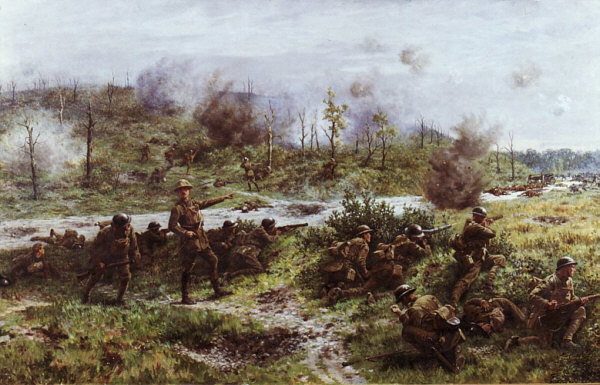

The troops that made up the Ninth British Corps were singularly unlucky during 1918. As mentioned earlier, the Germans launched a series of offensives to try to win the war before the American Army appeared in numbers. The first offensive was between St Quentin and Arras on 21st March and took the Germans to within a few miles of Amiens. The second, the battle of the Lys, in April took the Germans close to undermining the Britsh in Flanders. In these five weeks the British Army had taken over 230,000 casualties, about the same as in the four month Passchendaele campaign. Five of the most battered British formations were transferred to the Aisne front, which had been a quiet sector since 1917. And so when the Aisne became the target of the German “operation Blucher.”, the plateau of California and Craonne was defended by the 4th Battalion the East Yorkshire Regiment of the 50th Northumberland Division. The resulting battle saw the British and French pushed back 25 miles to the river Marne. The 2nd Battalion the Devonshire Regiment and 5 Battery RFA distinguished themselves by the heroic defence of the Bois de Buttes despite being attacked by storm-troopers supported by tanks. Both units were awarded the Croix de Guerre which now is worn by all soldiers in 5 Gibraltar Battery RA and the Rifles. One of the best accounts of the fighting on the Aisne is published as “The Last of the Ebb:The Battle of the Aisne, 1918” by Sidney Rogerson Greenhill Books/Lionel Leventhal
BIG CASTLES AND BIG GUNS

The hilltop village of Coucey has a particularly fine ruined château and the remains of town walls. But it’s ruin is a story of the First World War. Before 1914 the château of Coucey was the largest in France and a major tourist destination. But in 1917 it lay in the zone that the Germans were planning to abandon and was destroyed in what in retrospect seems spiteful vandalism. On the outskirts of Coucey is a different sort of structure. In the forest is a concrete emplacement for a giant gun used by the Germans for shelling Compiegne 20 km away.
THE 1918 BATTLEFIELDS OF THE MARNE – WHEN THE AMERICANS SAVED PARIS FRANCE AND WON THE WAR
On two occasions in the First World War the Germans nearly reached Paris. It was the high point of the German advances in 1914 and in 1918. The battles which saw the repulse of these attacks are both known as the Battle of the Marne. The turning point was the deployment of American troops on the Marne in June and July 1918. The Americans played a big part in halting the Germans on the Marne at Château Thierry, which is home to the impressive US Châteaux Thierry monument. Not far away is Belleu wood, which is where the US marines attacked in 1918. This battlefield has been preserved and it and the neighbouring US American Battle Monuments Commission Cemetery and the German cemetery are reminders of the part America played in the First World War.

